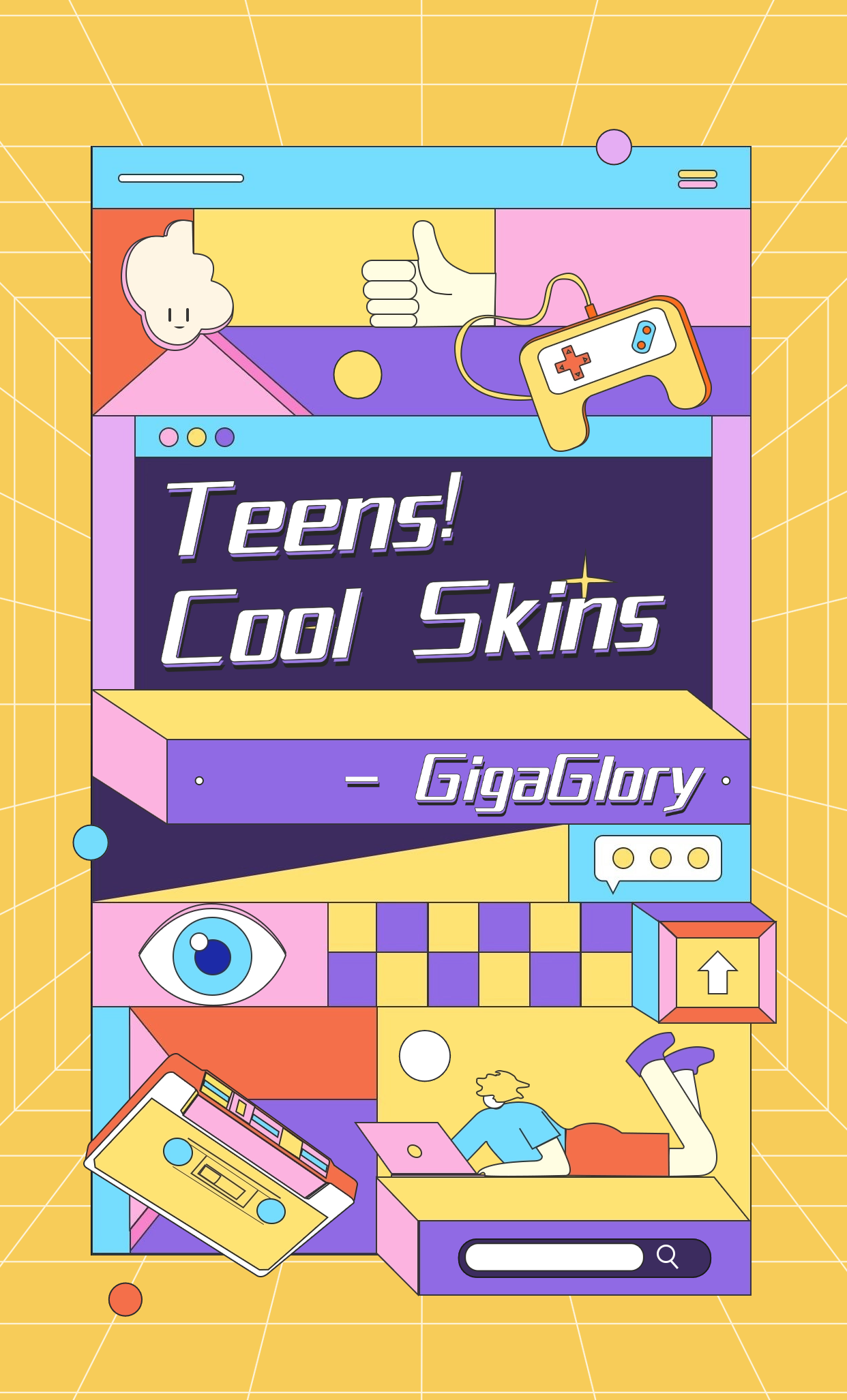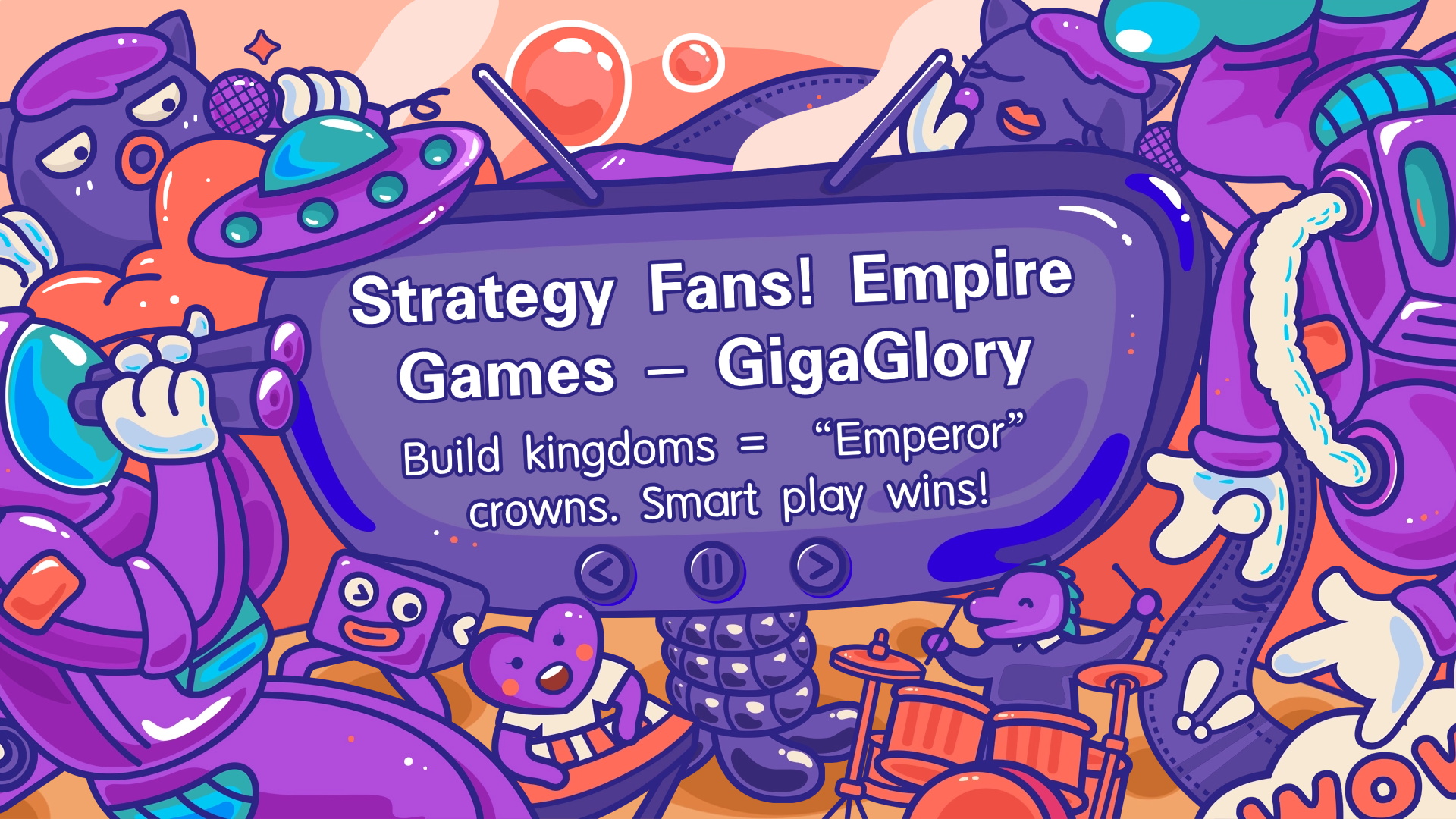Unleashing Creativity: How Building Games and Simulation Games Transform Our Gaming Experience
In recent years, the gaming industry has witnessed a seismic shift, particularly with the rise of building games and simulation games. These genres have not only entertained gamers but also sparked the imagination and creativity of millions around the world. We’re diving deep into how these games are redefining our experience, their impact on creativity, and influencing social interactions within virtual spaces.
The Evolution of Building Games
Building games have come a long way since their inception. They encourage players to tap into their creativity, allowing them to construct their own worlds, structures, and adventures. Popular titles such as Minecraft and The Sims have set the stage for this genre, showcasing how player-built content can enhance engagement. But what makes building games so appealing?
Key Features of Building Games
- Creative Freedom: Players are not bound by preset designs; they can create whatever their imagination conjures.
- Community Interaction: Many building games foster rich communities where ideas and creations can be shared, enhancing social interaction.
- Learning Experiences: Players learn resource management, strategic planning, and even collaboration through these games.
Simulation Games: A World of Possibilities
Similarly, simulation games offer immersive experiences that mimic real-world scenarios. These games range from city building to life simulation, providing players with valuable insights into processes and systems. Games like RollerCoaster Tycoon or Zoo Tycoon have captivated audiences by allowing them to manage and grow thriving landscapes.
How Building and Simulation Games Foster Creativity
At their core, both building and simulation games encourage creative thinking. Here’s how they contribute:
| Aspect | Building Games | Simulation Games |
|---|---|---|
| Creativity | Players design and create unique worlds | Players control and nurture complex systems |
| Critical Thinking | Problem-solving in design and construction | Strategizing resource allocation and community management |
| Social Skills | Collaboration with peers in shared spaces | Understanding and managing relationships and communities |
Exploring Popular Building Games
There are numerous building games available, each offering unique experiences. Here’s a look at some of the most beloved titles:
- Minecraft: A block-building giant, where players can build virtually anything they imagine.
- Planet Coaster: A theme park simulation that allows players to design, build, and manage amusement parks.
- Terraria: A 2D adventure game that combines building, exploration, and combat.
Monster Boy and the Cursed Kingdom: A Hidden Gem
Among the myriad of games, Monster Boy and the Cursed Kingdom stands out as an adventurous title that incorporates puzzle-solving into its gameplay. While it’s not primarily a building game, the lost temples bounce puzzle sequences reward creativity and critical thinking. How does this mechanic fit into the larger landscape of gaming?
The Appeal of Games Like Monster Boy
Games like Monster Boy appeal to players by balancing challenges with imaginative environments.
- Engaging Storyline: Captivates players with a blend of adventure and puzzles.
- Artistic Aesthetic: An enchanting art style that attracts a diverse audience.
- Gameplay Mechanics: Innovative mechanics that encourage problem-solving through creativity.
The Last War: A Comparative Analysis
A contrasting genre is strategy games like The Last War. The Game of Thrones Wiki provides extensive lore and strategy, creating a rich framework for tactical gameplay. While these games differ, they share a common thread—engagement through strategy and creativity. So, how do these types of games interlink?
Cross-Pollination of Ideas in Gaming
The interplay between different genres within gaming continues to evolve. For instance, the building experiences in simulation games are often influenced by the storytelling and strategy elements of RPGs and strategy games. This cross-pollination can lead to:
- Innovative Game Mechanics: Merging various gameplay styles.
- Enhanced Replayability: Keeping players engaged with diverse experiences.
- Cultivated Communities: Allowing players to explore various aspects of game design.
The Social Aspect of Building and Simulation Games
Social interaction remains a pivotal element in many building and simulation games. Players can collaborate, compete, and share their creations, fostering camaraderie and creativity. This social aspect not only keeps players engaged but also drives them to innovate. The power of community in gaming cannot be overstated.
Convergence of Technology and Games
As technology evolves, gaming is also starting to utilize more advanced tools to enhance creativity. Virtual reality (VR) and augmented reality (AR) are changing how we perceive building and simulation games. Imagine constructing a virtual city that you can explore in real-time— it brings new meanings to the concept of immersive experiences.
Conclusion: The Future of Building and Simulation Games
In conclusion, building games and simulation games are reshaping the gaming landscape, breathing new life into creativity and social connectivity. From the artistic expression in building games to the strategic thinking fostered by simulation games, the blend of these genres continues to expand our gaming horizons. Moreover, the integration of modern technology promises to deepen our engagement with these fundamental aspects of gaming, hinting at a thrilling future ahead.



